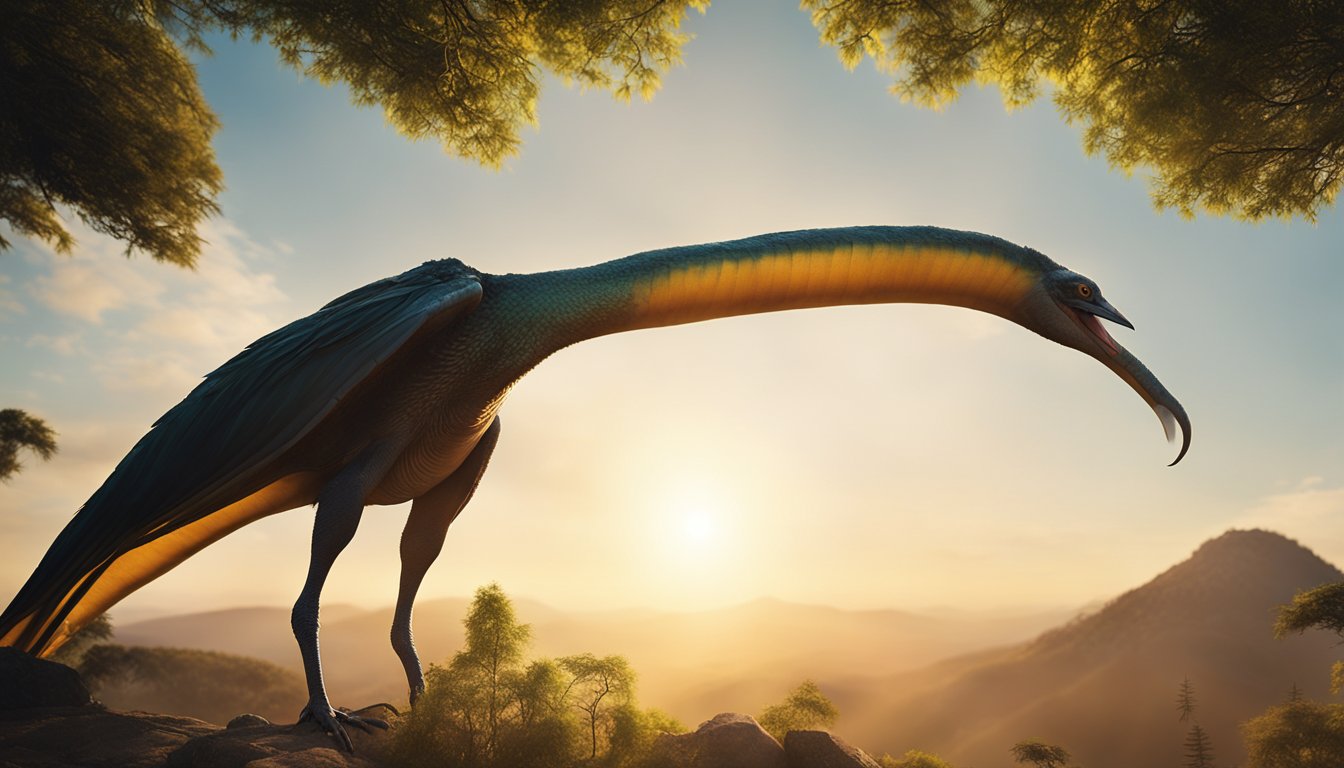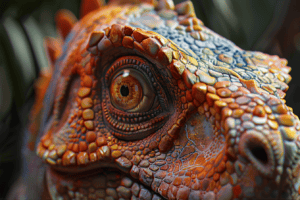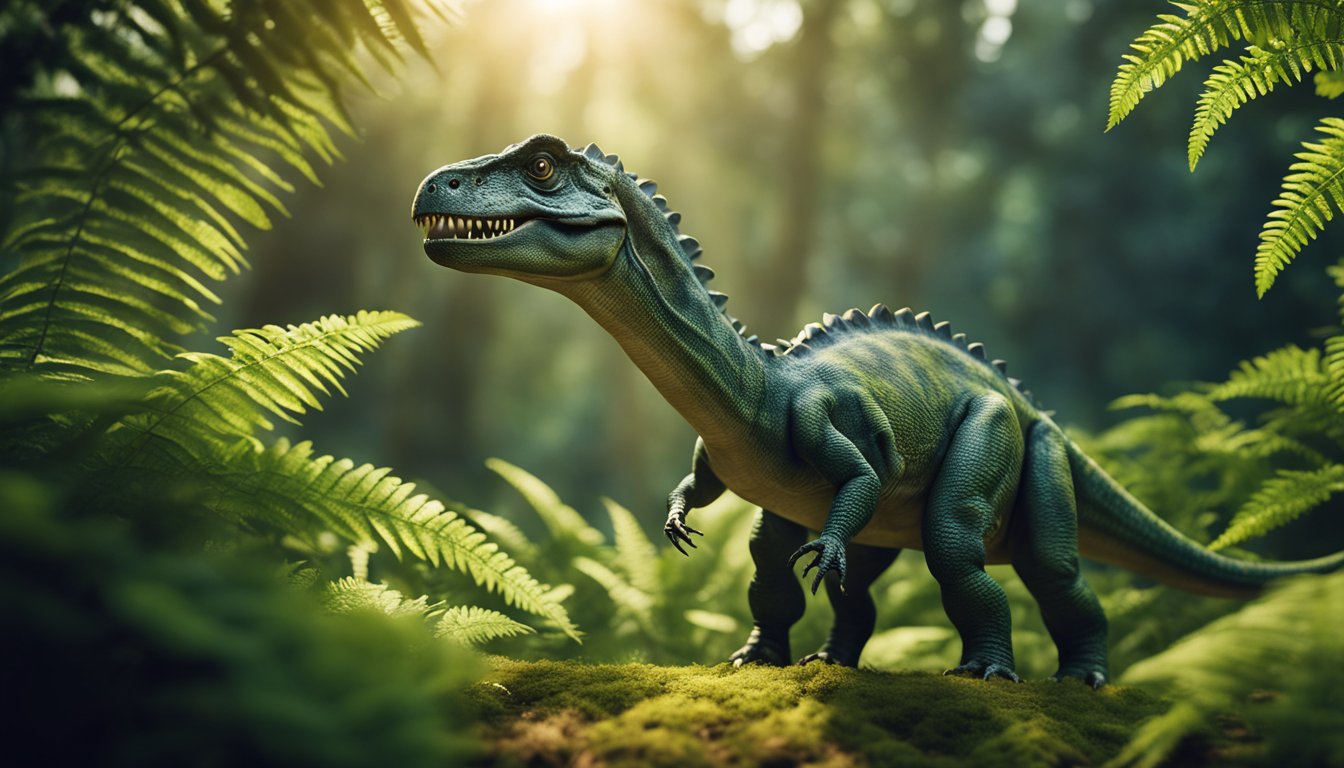Quetzalcoatlus is the largest flying animal of all time, with a wingspan that could reach up to 40 feet.
This massive pterosaur lived during the late Cretaceous period, alongside dinosaurs such as Tyrannosaurus and Triceratops.
Despite its size, Quetzalcoatlus was able to take to the skies and soar above the landscape, making it one of the most fascinating creatures to ever roam the earth.

The wingspan of Quetzalcoatlus was longer than that of any known bird, and its size was comparable to that of a small airplane.
The creature’s huge wings allowed it to fly long distances, and it is believed that it could have traveled up to 300 miles in a single day.
Despite its impressive size, Quetzalcoatlus was a relatively light animal, with a weight estimated to be around 550 pounds.
Its long, thin wings were supported by a strong, yet lightweight, bone structure that enabled it to stay airborne for extended periods of time.
Discovering the Giant
First Fossil Findings
The discovery of Quetzalcoatlus Northropi, the largest flying animal of all time, was a breakthrough in the world of paleontology.
The first fossil findings were discovered in 1971 by Douglas Lawson, a geology student at the University of Texas.
The fossils were found in Big Bend National Park, located in the southwestern part of Texas.
The fossils of Quetzalcoatlus Northropi were not complete, but they were significant enough to give scientists a glimpse into the world of these massive creatures.
The fossils included bones from the wings, legs, and neck of the animal.
The wingspan of Quetzalcoatlus Northropi was estimated to be around 33 to 36 feet, making it the largest flying animal ever discovered.
Naming Quetzalcoatlus
The name Quetzalcoatlus Northropi was given to the species in honor of the Aztec god Quetzalcoatl, who was associated with flying creatures.
The name Northropi was added to honor John K. Northrop, an American aircraft designer who was known for his work on the flying wing.
The discovery of Quetzalcoatlus Northropi was a significant moment in the history of paleontology.
It provided scientists with a wealth of information about the largest flying animal to ever exist.
The fossils found in Big Bend National Park have helped scientists to learn more about the anatomy and behavior of these massive creatures.
It is fascinating to think about what life was like when Quetzalcoatlus Northropi roamed the skies. How did they fly? What did they eat?
These are questions that scientists are still trying to answer.
But one thing is for sure, the discovery of Quetzalcoatlus Northropi has sparked the imagination of people of all ages and will continue to inspire curiosity and wonder for years to come.
Understanding Quetzalcoatlus

Physical Characteristics
Quetzalcoatlus was the largest flying animal to ever exist on Earth.
This azhdarchid pterosaur had a wingspan of up to 39 feet, which is about the length of a school bus.
Its long, slender beak was perfect for catching fish, and its neck was incredibly long, allowing it to reach down and pluck prey from the ground.
Quetzalcoatlus had a relatively short body, with a wingspan-to-body-length ratio of about 3:1.
Its legs were long and thin, and its feet had sharp claws for grasping onto prey or perching on branches.
Flight Mechanics
Quetzalcoatlus had a unique way of taking off.
Unlike birds, which use their legs to push off the ground, Quetzalcoatlus used its powerful flight muscles to jump into the air.
Once airborne, it could soar for hours on end, using its large wing membranes to stay aloft.
These membranes were supported by elongated finger bones, which ran the length of its wings.
Quetzalcoatlus was also capable of gliding, using thermals to stay airborne without flapping its wings.
Lifestyle and Behavior
Quetzalcoatlus lived during the Late Cretaceous period, about 70 million years ago.
It is believed to have been a solitary animal, spending most of its time soaring above the landscape in search of prey.
When it did land, it likely did so on all fours, using a heron-like gait to move around.
Quetzalcoatlus was a top predator, and its size and strength would have made it a formidable foe for any animal that crossed its path.
Fun Fact: Quetzalcoatlus was named after the Aztec god Quetzalcoatl, who was often depicted as a serpent with wings.
The name means “feathered serpent,” which is a fitting description for this giant flying reptile.
The World of Pterosaurs

Pterosaurs were a group of flying reptiles that lived during the Mesozoic Era, alongside dinosaurs.
They were the first vertebrates to evolve powered flight, and their fossils have been found on every continent.
Pterosaurs ranged in size from the tiny Nemicolopterus to the massive Quetzalcoatlus, which was as tall as a giraffe and had a wingspan of up to 40 feet.
Other Remarkable Pterosaurs
While Quetzalcoatlus may be the largest pterosaur, it was not the only remarkable one.
Hatzegopteryx, which lived in what is now Romania during the Late Cretaceous period, was another giant azhdarchid.
Its wingspan was estimated to be around 36 feet, making it one of the largest pterosaurs ever discovered.
Quetzalcoatlus’s Place in History
Quetzalcoatlus lived at the end of the Cretaceous period, around 68-66 million years ago, in what is now North America.
Its fossils have been found in Texas, Oklahoma, and South Dakota.
Quetzalcoatlus was an azhdarchid, a group of pterosaurs known for their long necks and beaks.
While Quetzalcoatlus was not a dinosaur, it did live alongside them.
Some of the famous dinosaurs it would have shared its environment with include Tyrannosaurus and Triceratops.
Fun Fact: Quetzalcoatlus was named after the Aztec god Quetzalcoatl, who was often depicted as a feathered serpent.
Quetzalcoatlus had a unique way of taking off into the air.
Recent studies suggest that it may have used a “pole-vaulting” method, where it would push off the ground with its hind legs and then launch itself into the air.
This method would have allowed Quetzalcoatlus to take off even with its massive size.
In conclusion, pterosaurs were an incredible group of animals that ruled the skies during the Mesozoic Era.
While Quetzalcoatlus was the largest of them all, there were many other remarkable pterosaurs that lived alongside it.
Quetzalcoatlus’s place in history is a testament to the incredible diversity of life that existed during the Age of Dinosaurs.
Frequently Asked Questions

How did Quetzalcoatlus compare in size to other pterosaurs?
Quetzalcoatlus was the largest flying animal of all time, with an estimated wingspan of up to 40 feet.
This is significantly larger than any other known pterosaur, and even larger than some small planes.
In fact, the largest Quetzalcoatlus species were as tall as a giraffe, making them the ultimate in pterosaur evolution.
What was the wingspan of Quetzalcoatlus, and how did it enable flight?
The wingspan of Quetzalcoatlus was estimated to be between 33 and 40 feet, depending on the species.
This immense wingspan allowed the animal to take to the skies and soar over the landscape, using thermals to stay aloft for long periods of time.
The wings themselves were incredibly strong, with a thick layer of muscle and a unique bone structure that allowed for maximum lift and maneuverability.
Could Quetzalcoatlus have flown long distances with its large size?
Quetzalcoatlus was a highly efficient flyer, capable of covering long distances with ease.
It is believed that the animal could travel up to 250 miles in a single day, using its powerful wings to glide over the landscape and conserve energy.
While it may not have been as fast as some modern birds, its sheer size and strength made it an impressive and awe-inspiring sight in the skies.
What did Quetzalcoatlus likely eat, and how did it hunt?
Quetzalcoatlus was a carnivore, and likely preyed on a variety of animals including small dinosaurs, mammals, and fish.
Its long, slender beak was ideal for snatching prey out of the water, while its powerful wings and sharp talons allowed it to swoop down and grab animals on land.
Despite its size, Quetzalcoatlus was a nimble and efficient hunter, able to take down prey with ease.
How does the size of the largest birds today compare to Quetzalcoatlus?
While there are some large birds alive today, such as the Andean condor and the wandering albatross, they are dwarfed in comparison to Quetzalcoatlus.
The largest birds today have wingspans of around 10-12 feet, which is less than a third the size of Quetzalcoatlus.
This makes Quetzalcoatlus truly unique in the animal kingdom, and a testament to the incredible diversity and adaptability of life on Earth.
What adaptations allowed Quetzalcoatlus to become the largest flying animal of its time?
Quetzalcoatlus had a number of unique adaptations that allowed it to become the largest flying animal of its time.
Its large wingspan and powerful muscles were key, as they allowed the animal to generate enough lift to stay aloft for long periods of time.
Additionally, its lightweight bone structure and unique skeletal features helped to reduce its overall weight, making it easier for the animal to take to the skies.
Finally, its long, slender beak and sharp talons were ideal for hunting and catching prey, making Quetzalcoatlus a fearsome predator in the skies above.







